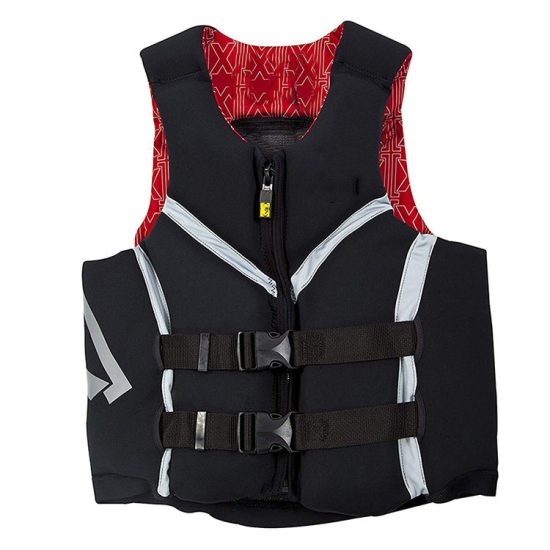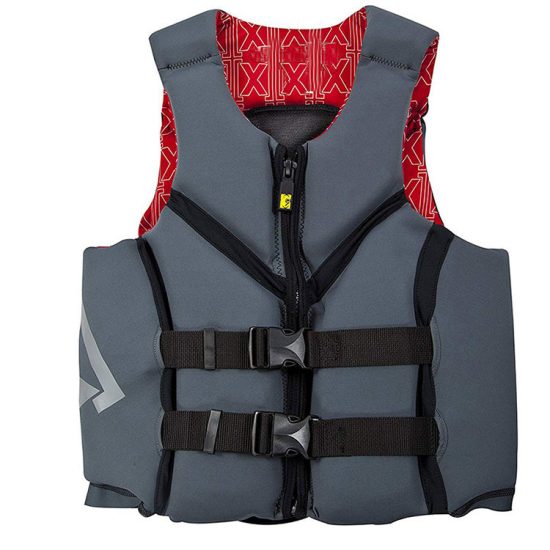Life jackets, also known as personal flotation devices (pfds), are essential for water safety. Here are the key aspects and features to consider when it comes to life jackets:
Proper fit:
Choose a life jacket that fits snugly but comfortably. It should not be too tight or too loose.
Different sizes are available, so ensure you select the appropriate size for the intended user.
Type of life jacket:
There are several types of life jackets designed for different activities such as boating, kayaking, or water sports.
Type i: Offshore life jackets – best for open, rough, or remote waters.
Type ii: Near-shore life jackets – for calm inland water where rescue is likely.
Type iii: Flotation aids – suitable for activities where rescue is quick and easy.
Type iv: Throwable devices like cushions or ring buoys.
Type v: Special use devices – designed for specific activities and must be used according to the instructions.
Buoyancy:
Ensure that the life jacket provides adequate buoyancy to keep the wearer afloat.
The level of buoyancy is usually indicated on the label.
Visibility:
Choose life jackets in bright colors to enhance visibility in the water.
Reflective strips or patches are helpful for increased visibility, especially in low light conditions.
Durability:
Check the quality of materials and construction to ensure the life jacket is durable and can withstand wear and tear.
Us coast guard approval:
Look for life jackets that are approved by the u.S. Coast guard or relevant maritime authority in your country.
Whistle or signal device:
Some life jackets come equipped with a whistle or other signaling devices to attract attention in case of an emergency.
Comfort and freedom of movement:
A comfortable life jacket encourages regular use. Ensure that it allows for easy movement, especially if it’s intended for activities like boating or kayaking.
Proper use and maintenance:
Follow the manufacturer’s guidelines for proper use, maintenance, and storage of the life jacket.
Regularly inspect the life jacket for any signs of damage or wear.
Educate users:
Ensure that users, especially children, are educated on the proper use of life jackets and the importance of wearing them.
Remember that wearing a life jacket can be a crucial factor in preventing drowning and ensuring water safety. Always choose the appropriate type of life jacket for the specific water activity and conditions.


